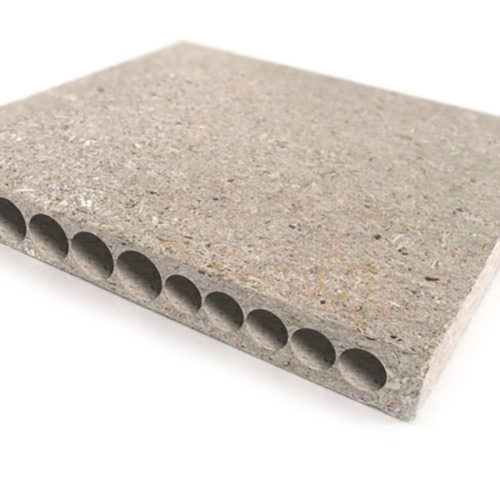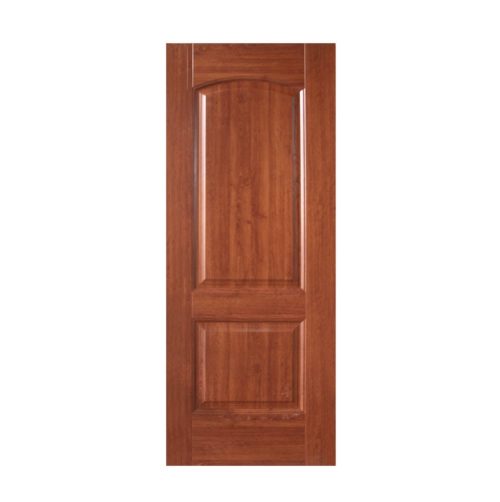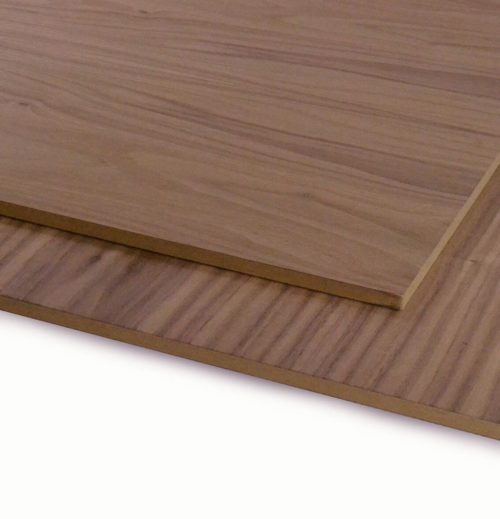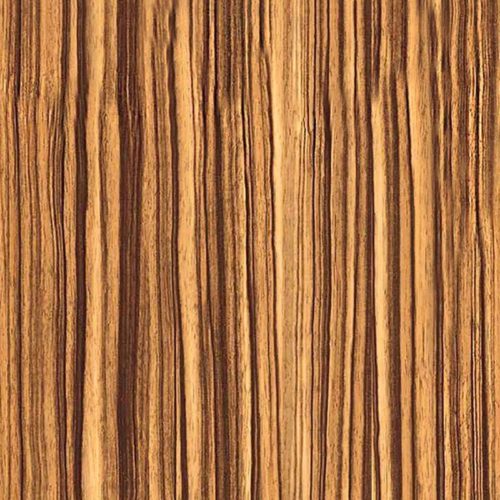-
Tubular, or hollow core particleboard is made using the extrusion press system resulting in an ideal combination of light weight and stability Working Properties With weight reduced by about 60% compared to regular particleboard and a particularly low swelling in thickness, high impact resistance and dimensional stability. These boards have become the industry standard for Door cores.
-
Doorskins are moulded panels, they are made starting with a flat HDF or MDF doorskin that is conditioned with resin, pre-heating, and then pressing the flat sheet between a pair of heated plates in order to transform its shape. The press continuously closes to achieve the molded skin, with the rate of pressing affects the hardness of the final doorskin and achieved the pattern desired. Finished veneer doorskins can simulate traditional solid wood doors with paneling and carvings with a fraction of the cost. Working properties The doorskins are often used with core panels such as Tubular particleboard along with foam to give the door strength and stability.
-
Veneered Panels are made up of a core panel with natural or reconstructed veneer overlaid and pressed onto the core panel. The key feature of these panels is the natural touch and feel, as well as uniqueness, when compared to laminated or Melamine faced panels. The most common core panels used for veneered panels are MDF, Plywood and Blockboard. Till this day, the veneering process is dependent on highly skilled and experienced labor, despite the adoption of technology to reduce labor and improve product consistency. The most widely used methods for splicing the veneer are plain cut, quarter cut, rift cut, rotary and double cut. With the increased need for efficiency, cost-cutting with labor and time, carpenter and manufacturers have shifted to finished panels such as Melamine faced panels which require far less processes, time, staff and machinery.
-
Scientific Name: Microberlinia brazzavillensis Grown in West Africa, Zebrano’s heartwood is light brown beige color with distinct dark brown streaks that be resemblance to the Zebra’s skin pattern. The pattern of the stripes will depend on how the lumber is sawn. It has a course texture, wavy and interlocked grain. Working properties Zebra general machines well, however the interlocked grain can present challenges for planning and surfacing. It glues and finishes well. Rot Resistance It is rated as highly resistant to decay and insect attack





Get Social